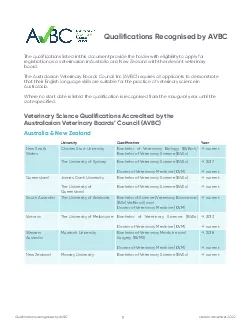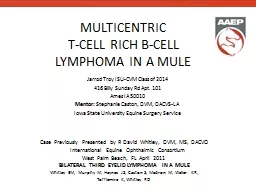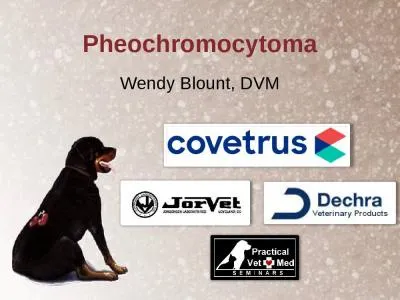PPT-Wendy Blount, DVM Practical Clinical Pathology
Author : morton | Published Date : 2023-05-23
Ups and Downs of Blood Sugars Attendee 1 City TX Glucose Danger values lt 40 gdl gt 1000 gdl Hyperglycemia Brain dehydration due to hyperosmosis CNS signs
Presentation Embed Code
Download Presentation
Download Presentation The PPT/PDF document "Wendy Blount, DVM Practical Clinical Pat..." is the property of its rightful owner. Permission is granted to download and print the materials on this website for personal, non-commercial use only, and to display it on your personal computer provided you do not modify the materials and that you retain all copyright notices contained in the materials. By downloading content from our website, you accept the terms of this agreement.
Wendy Blount, DVM Practical Clinical Pathology: Transcript
Download Rules Of Document
"Wendy Blount, DVM Practical Clinical Pathology"The content belongs to its owner. You may download and print it for personal use, without modification, and keep all copyright notices. By downloading, you agree to these terms.
Related Documents














